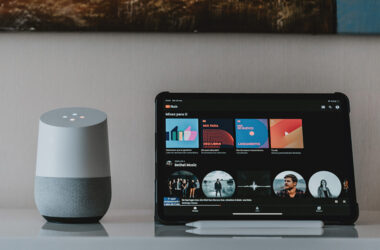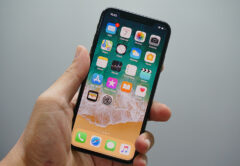Blockchain technology has been making waves across various industries and one area that revolutionizes digital ownership is through non-fungible tokens (NFTs).
NFTs are a type of digital asset that represents ownership of unique items, such as art, music, and even tweets.
In this blog post, we will explore how blockchain technology and NFTs are transforming the way we think about digital ownership.
Digital ownership has always been a complex issue. With the ease of copying and sharing digital content, it can be challenging to establish who owns what. Blockchain technology solves this problem by providing a secure and immutable ledger of ownership. Recording ownership on the blockchain makes it possible to create a permanent record of who owns a particular digital asset. This makes it much easier to prove ownership of and transfer ownership of digital assets.
NFTs, take this concept one step further by creating unique, one-of-a-kind digital assets. Unlike cryptocurrencies, which are fungible (i.e., interchangeable), NFTs are non-fungible, meaning they cannot be replaced by something else. Each NFT represents a unique asset, such as a piece of art or a video game item, and is stored on the blockchain.
This means the owner of an NFT can prove that they are the only person in the world who owns that asset.
One of the most exciting aspects of NFTs is their potential to transform the art world. In the past, it was difficult for artists to establish the value of their digital art because it was easy for anyone to copy and share it. With NFTs, artists can create unique, one-of-a-kind pieces of art that are stored on the blockchain. This means that the value of the art can be established and tracked over time. It also means that artists can receive some of the proceeds every time their art is sold or resold.
But NFTs are not just for art. They can be used to represent ownership of a wide range of digital assets, including music, videos, and even tweets. For example, the Twitter CEO, Jack Dorsey, recently sold an NFT of his first tweet for over $2.9 million. The buyer now owns a unique digital asset that represents the first tweet ever sent on Twitter.
The use cases for NFTs are almost limitless. They can be used to represent ownership of the virtual real estate, in-game items, and even digital collectibles. In the future, we may see NFTs being used to represent ownership of other types of assets, such as patents and trademarks.
One potential downside of NFTs is their environmental impact. The process of creating and selling NFTs involves a lot of energy consumption, which has led to concerns about their carbon footprint. However, there are efforts underway to make NFTs more sustainable, such as using renewable energy sources and developing more energy-efficient blockchain algorithms.
Blockchain technology and NFTs are revolutionizing the way we think about digital ownership. By providing a secure and immutable ledger of ownership, they make it easier to establish ownership of digital assets. NFTs, take this concept one step further by creating unique, one-of-a-kind digital assets that can represent anything from art to tweets. While there are concerns about their environmental impact, the potential uses for NFTs are almost limitless, and we are likely to see many more innovative applications in the coming years.












